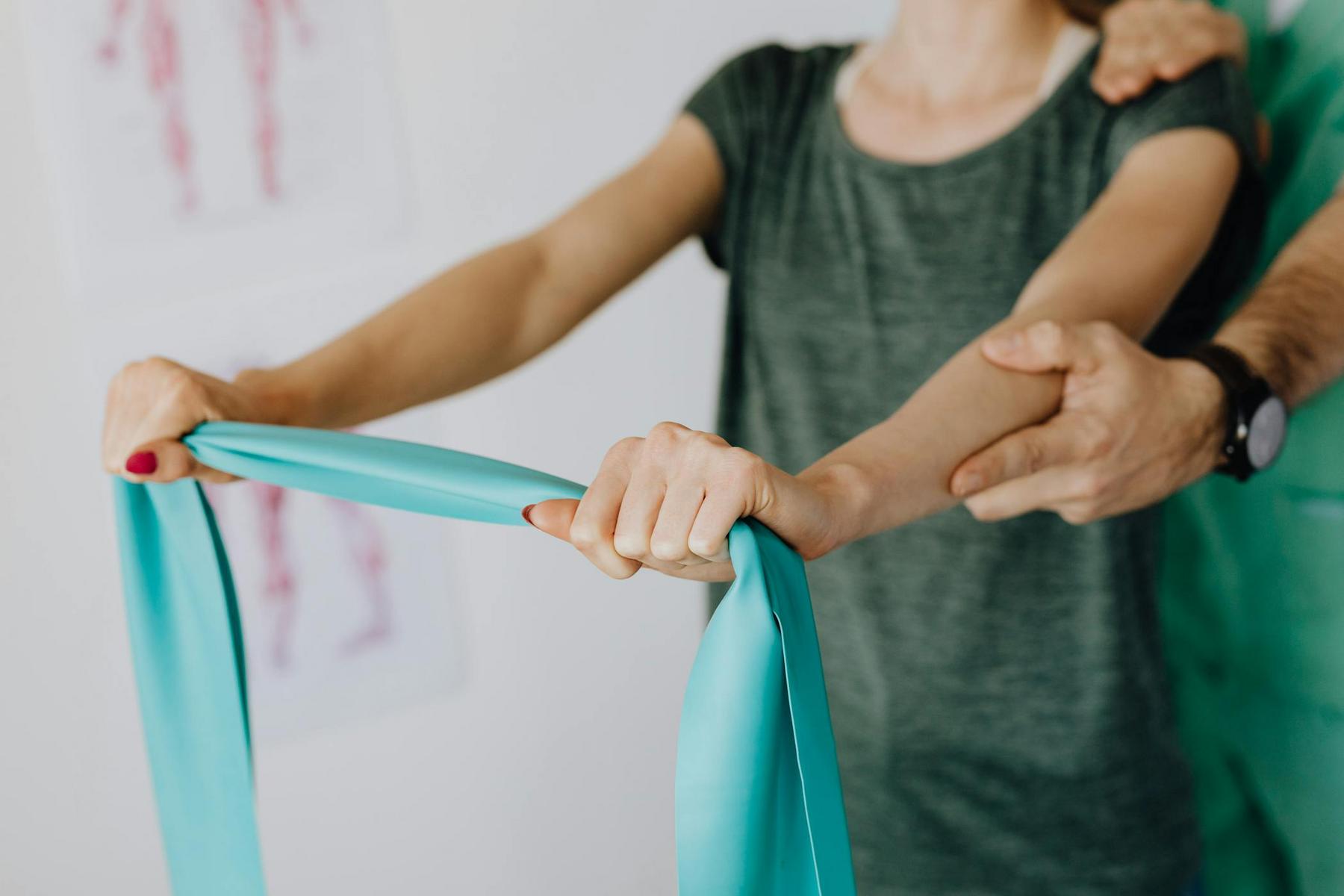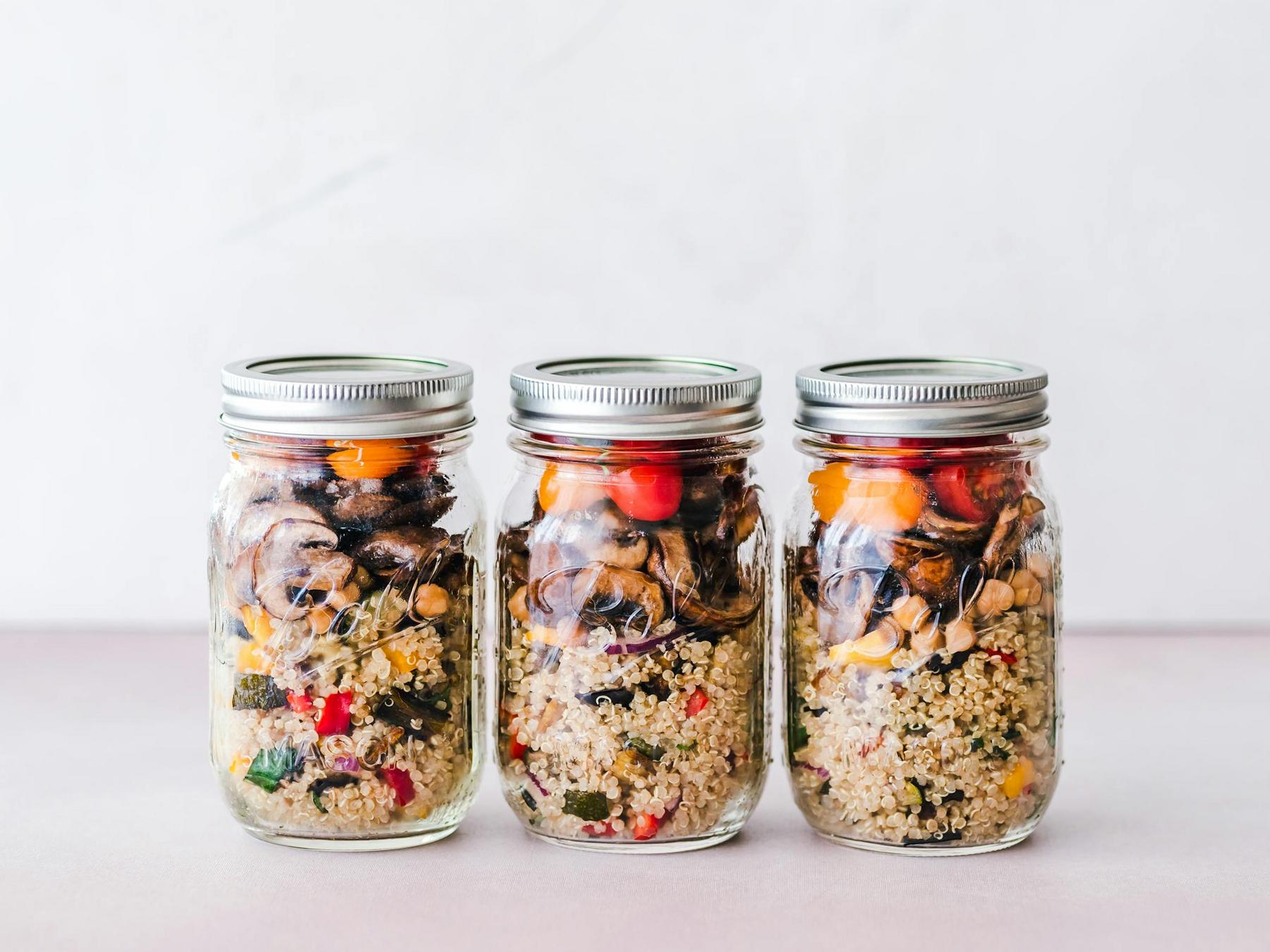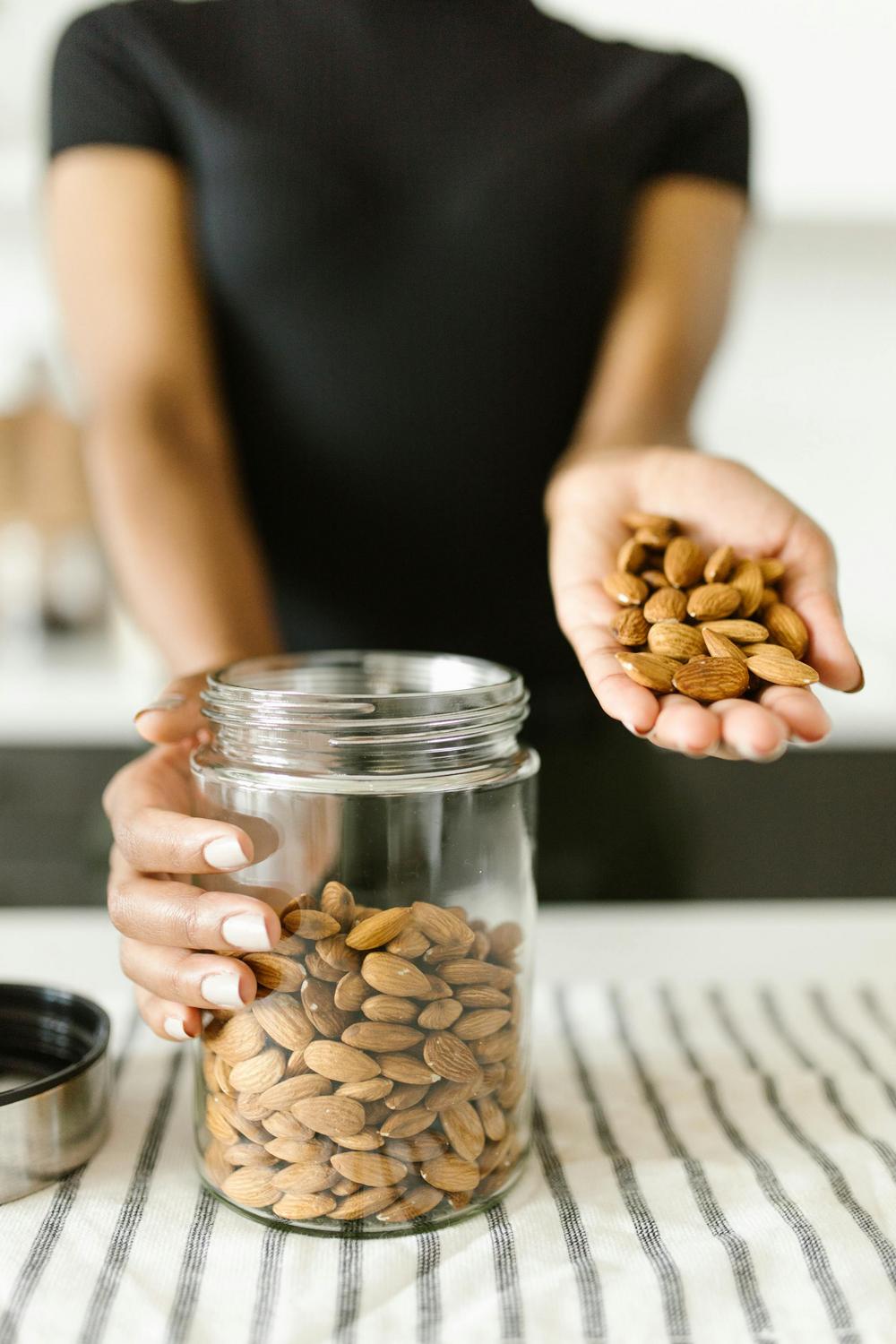Living with joint pain can make the prospect of exercise daunting. The fear of exacerbating discomfort often leads many Australians to avoid physical activity altogether—a choice that ultimately compounds mobility issues and diminishes quality of life. However, research consistently demonstrates that appropriate exercise is not just possible but essential for those managing joint conditions. The key lies in selecting activities that minimize stress on affected joints while maximizing functional benefits. This comprehensive guide examines the science behind low-impact workouts and provides structured approaches for safely maintaining fitness despite joint limitations.
Why Are Low-Impact Workouts Essential for Joint Pain Management?
The physiological benefits of low-impact exercise extend far beyond mere symptom management. These activities create a critical balance—they place enough mechanical stress on joints to stimulate cartilage nutrition and strength development without triggering inflammatory cascades that worsen pain.
Low-impact modalities significantly reduce compressive forces through articular surfaces. While running generates 2.5-3 times your body weight in impact forces, cycling produces only 1.2 times—a substantial reduction that protects vulnerable joint structures. This biomechanical advantage creates a pathway for consistent activity without exacerbating existing conditions.
Research from Australian health authorities now positions structured exercise programs above pharmacological interventions for conditions like osteoarthritis. This paradigm shift recognizes that properly designed movement protocols address the underlying causes of joint dysfunction rather than merely masking symptoms.
The anti-inflammatory effects of regulated low-impact exercise are particularly noteworthy. Studies document decreases of 34% in interleukin-1β and 29% in tumor necrosis factor-alpha—key inflammatory markers associated with joint degeneration—following 12 weeks of structured low-impact programming. These biochemical improvements translate to functional gains and decreased pain sensitivity over time.
Which Water-Based Exercises Provide the Most Joint Relief?
Water-based therapies represent perhaps the most joint-friendly exercise environment available. Through buoyancy effects, hydrotherapy reduces joint loading by up to 90% while still enabling effective resistance training. This dual mechanism allows individuals to strengthen supporting musculature without aggravating painful joints.
“Aquatic exercise provides a unique combination of resistance and support that cannot be replicated in land-based environments,” explains Arthritis Australia’s clinical guidelines. “The thermal properties of heated pools (33-36°C) enhance peripheral circulation by 40% compared to equivalent exercises performed on land.”
For optimal results, consider these evidence-based approaches:
Hydrotherapy Protocols
Structured hydrotherapy sessions developed specifically for arthritis management combine buoyancy-assisted range-of-motion exercises with resistance paddles. These programs demonstrate significant improvements on standardized osteoarthritis assessment scales, with participants reporting both pain reduction and functional gains.
Deep Water Running
For those seeking cardiovascular benefits without weight-bearing stress, deep water running with a flotation belt provides comparable aerobic conditioning to land jogging while virtually eliminating impact forces. This modality allows intensity progression through increased pace rather than impact.
Shallow Water Circuit Training
Even non-swimmers can benefit from aquatic exercise through shallow water circuits. These structured programs utilize water’s natural resistance while maintaining foot contact with the pool floor, creating a controlled environment for those requiring additional stability.
The technical considerations for water-based exercise include:
- Optimal pool temperatures of 33-34°C to prevent muscle stiffening
- Progressive programming starting with 10-minute sessions and advancing gradually
- Maintaining exercise intensity at 55-70% of maximum heart rate for cardiovascular benefits
How Can Cycling and Elliptical Training Benefit Those with Joint Pain?
Cyclical loading modalities like stationary cycling and elliptical training provide controlled, repetitive movements that enhance joint nutrition without excessive stress. These activities generate fluid movement through synovial joints, promoting cartilage health through improved nutrient delivery.
Stationary Cycling Considerations
The biomechanics of cycling position prove critical to joint protection. Research indicates that knee flexion should maintain 25-35° at the pedal’s lowest position to minimize patellar tendon strain. This precise positioning creates an environment where muscles can strengthen without overloading joint structures.
Interval-based cycling protocols (alternating between moderate exertion and recovery periods) demonstrate superior outcomes compared to continuous training for individuals with knee osteoarthritis. A structured program might include:
| Phase | Duration | Intensity | Frequency |
|---|---|---|---|
| Adaptation | 2-4 weeks | 15-20 minutes at 50% effort | 2-3 times weekly |
| Development | 4-8 weeks | 25-35 minutes with 2-minute intervals at 75% effort | 3-4 times weekly |
| Maintenance | Ongoing | 35-45 minutes with varied intensity | 3-5 times weekly |
Elliptical Training Benefits
The elliptical machine’s gliding motion reduces hip adduction moments by 19% compared to treadmill walking—a significant advantage for those with medial knee or hip conditions. This equipment provides cardiovascular benefits similar to running but with substantially reduced impact forces.
To maximize joint protection during elliptical training:
- Maintain an upright posture to minimize forward lean
- Alternate between forward and reverse motions every 5 minutes to balance muscle recruitment
- Select models with adjustable stride lengths to accommodate individual joint comfort ranges
What Role Do Mind-Body Exercises Like Yoga and Tai Chi Play in Joint Health?
The integration of mindfulness practices through controlled movement disciplines adds a crucial dimension to joint pain management. Both yoga and tai chi combine physical benefits with neurological training that improves body awareness and pain modulation.
Research demonstrates these approaches correlate with 30-40% reductions in pain perception scores across multiple studies. This improvement stems from both physical adaptations and changes in how the central nervous system processes pain signals.
Modified Yoga Approaches
Traditional yoga postures can be adapted for joint sensitivity through prop support and modified positioning. Iyengar yoga’s emphasis on alignment and supported poses enables even those with significant limitations to benefit from isometric strength development and controlled stretching.
A progressive yoga sequence might follow this structure:
- Chair-supported sun salutations (3 sessions weekly for 4 weeks)
- Wall-assisted warrior poses with minimal weight-bearing (weeks 5-8)
- Balance-focused postures with appropriate support (weeks 9-12)
Tai Chi for Joint Stability
Tai chi’s gentle, flowing movements enhance proprioception—the body’s positional awareness—which often deteriorates in joint conditions. Studies show tai chi practice improves proprioceptive accuracy by 28%, significantly reducing fall risk in populations with hip degeneration.
The weight-shifting patterns in tai chi strengthen stabilizing muscles around joints without creating high-impact forces. This creates functional strength that translates directly to improved mobility in daily activities.
How Should You Structure a Safe Exercise Program for Joint Pain?
Developing an effective exercise regimen requires systematic progression and careful monitoring. The scientific literature supports a three-phase approach:
1. Adaptation Phase (Weeks 1-6)
- Focus: Movement pattern development and pain-free motion
- Frequency: 3 sessions weekly
- Duration: 20-30 minutes per session
- Intensity: 3-4/10 perceived exertion (conversation should remain easy)
2. Strengthening Phase (Weeks 7-12)
- Focus: Gradual resistance introduction through bands, water weights, or body positioning
- Frequency: 4 sessions weekly
- Duration: 35-45 minutes per session
- Intensity: 5-6/10 perceived exertion (conversation becomes slightly challenging)
3. Maintenance Phase (Week 13 onward)
- Focus: Sustainable progression with variety to prevent adaptation plateaus
- Frequency: 5 sessions weekly with varied intensity
- Duration: 45-60 minutes per session
- Intensity: Alternating between 4/10 and 6-7/10 perceived exertion days
Implementing the “Two-Hour Pain Rule” provides a reliable self-monitoring system—if discomfort persists beyond two hours post-exercise, the activity requires modification before the next session. This approach allows for personalized adjustment while maintaining consistent progression.
Australian guidelines suggest aiming for 150 minutes of low-impact activity weekly, ideally spread across multiple sessions rather than concentrated in fewer, longer workouts. This distribution minimizes fatigue-related compensation patterns that might increase joint stress.
What Does the Latest Research Say About Exercise vs. Other Treatments?
The scientific consensus has shifted dramatically toward exercise as a primary intervention for joint conditions. Recent guidelines from Australian health authorities position structured physical activity above pharmaceutical options for managing conditions like osteoarthritis.
Contrary to outdated beliefs, appropriate exercise does not accelerate joint deterioration. In fact, studies demonstrate that regular low-impact activity improves cartilage nutrition through enhanced synovial fluid production—increasing by 18-25% during rhythmic exercises like elliptical training.
Weight management through combined exercise and nutritional approaches provides compound benefits, as each kilogram of weight loss reduces knee joint loading by approximately 4 kilograms during walking. This mechanical advantage underscores the importance of integrated care approaches.
Interestingly, recent Australian research debunks common beliefs about weather influencing joint pain. Scientific investigation shows no statistically significant relationship between meteorological factors and pain severity, emphasizing the primacy of biomechanical interventions over environmental factors.
Moving Forward: Sustainable Joint Health
The accumulated evidence clearly positions low-impact exercise as an essential component of joint health management. Rather than avoiding movement due to pain, individuals benefit from structured, appropriate activity that respects joint limitations while promoting functional improvement.
The integration of various modalities—aquatic therapy, cycling, mind-body practices, and strategic resistance training—creates a comprehensive approach that addresses multiple aspects of joint function. This diversity not only prevents exercise monotony but also ensures balanced development of supporting structures.
Australian healthcare increasingly recognizes the value of guided exercise protocols, with GP-referred programs showing 32% higher adherence rates than self-directed approaches. This professional guidance proves particularly valuable during the initial adaptation phase when movement confidence may be low.
With consistent application of these evidence-based strategies, individuals with joint pain can maintain mobility, manage discomfort, and preserve independence through appropriate physical activity.
Can regular exercise actually reduce joint pain over time?
Yes, substantial evidence demonstrates that appropriate low-impact exercise reduces joint pain through multiple mechanisms. Regular activity decreases inflammatory markers by 29-34%, improves muscle support around affected joints, and enhances proprioception. Studies indicate that structured exercise programs can achieve pain reduction comparable to anti-inflammatory medications, with improvements typically noticeable after 6-8 weeks of consistent participation.
How much exercise is optimal for someone with joint pain?
Australian health guidelines recommend aiming for 150 minutes of low-impact activity weekly, ideally spread across 4-5 sessions. Starting with 20-30 minute sessions at a light intensity (3-4/10 perceived exertion) and gradually progressing to moderate intensity (5-6/10) helps avoid overexertion while building strength and endurance over time.
What warning signs indicate an exercise is causing joint damage?
While some discomfort during exercise is normal, warning signs include pain that intensifies during the activity, discomfort lasting more than two hours post-exercise, increased joint swelling, worsening morning stiffness after activity days, and sharp or stabbing pain rather than a dull ache. These indicators suggest it may be necessary to modify the exercise routine rather than ceasing activity completely.
Which exercise modality shows the best results for specific joint conditions?
Research suggests that for knee osteoarthritis, aquatic exercise and cycling are highly beneficial, whereas for hip conditions, tai chi improves proprioception and strengthens stabilizing muscles. For individuals with multiple joint issues, a combined approach—including chair-supported yoga with appropriate modifications—often provides the best balance of strength, flexibility, and cardiovascular benefits while minimizing joint stress.



